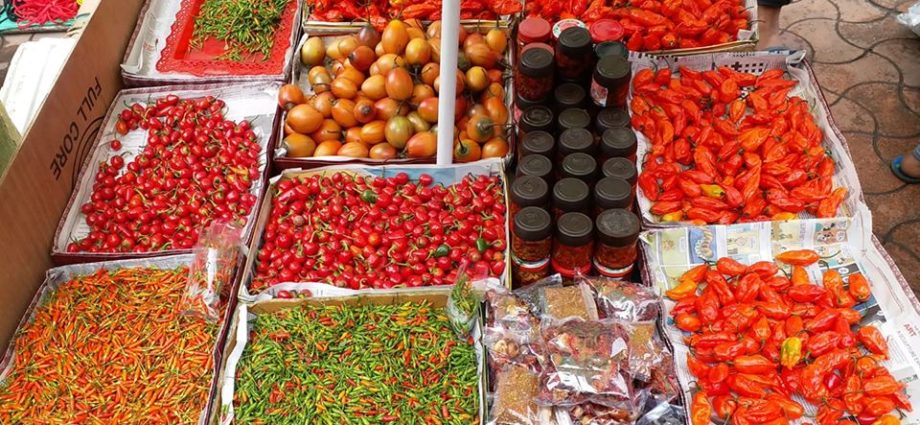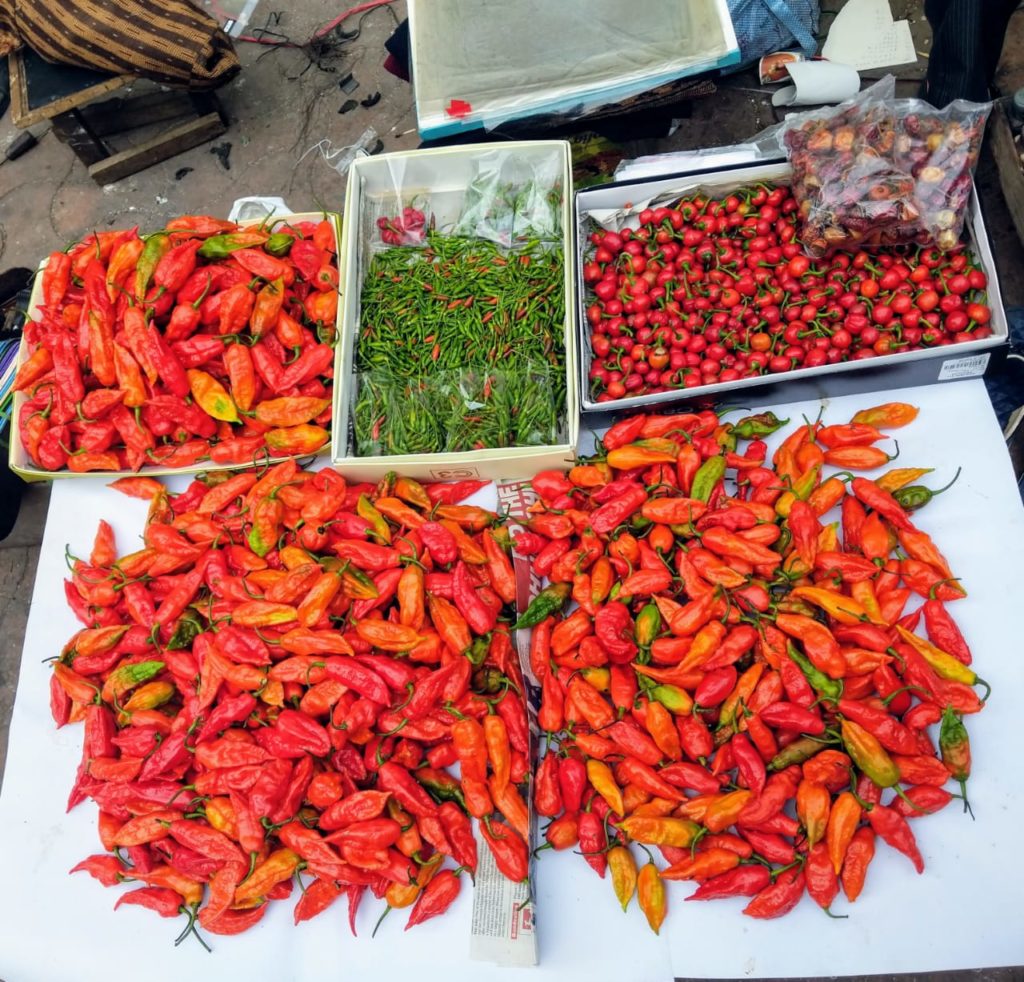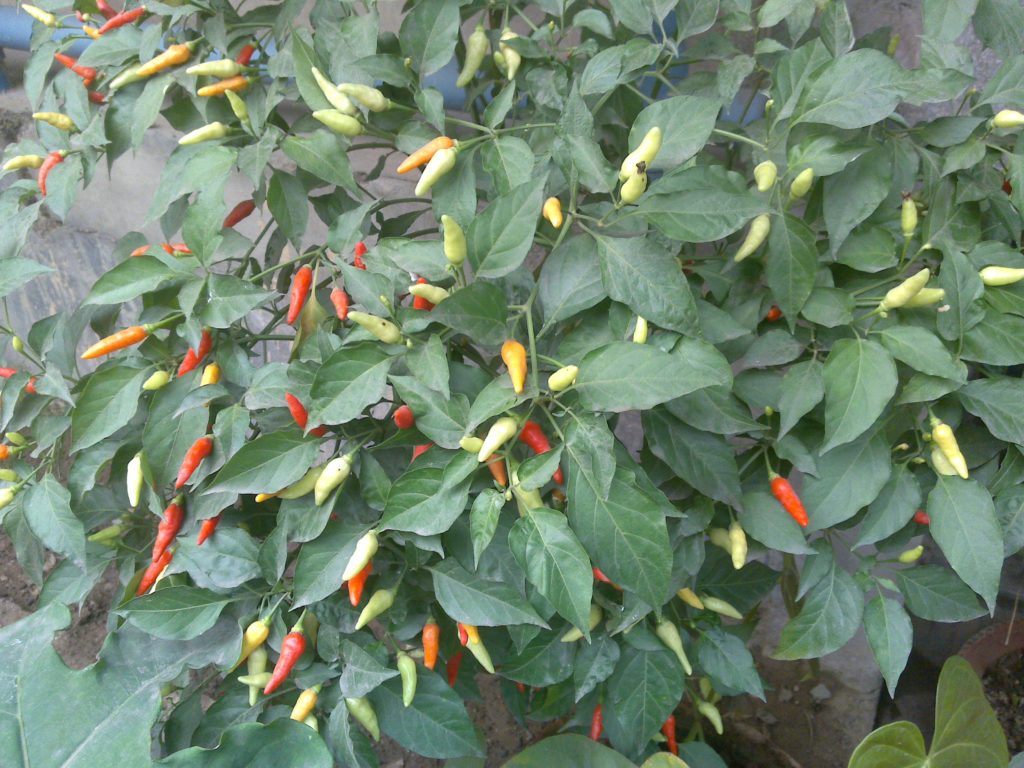Chilli peppers form an indispensable part of the list of ingredients for most of Northeast India. From simple green chutneys to roasted bhut jolokia flakes, all these peppers have a part to play in traditional cuisines. Ghost pepper or bhut jolokia is possibly the most popular one, but there are many more.
Discover East compiles a list of popular chilli peppers of the Northeast India.
This fiery hot chilli pepper has many names like Bhut Jolokia, Ghost pepper, Naga jolokia, etc. It also appears on the list of the hottest chilli peppers in the world. From spicy chutneys , chilli flakes and as a direct ingredient in a lot of ethnic dishes of Northeast India.
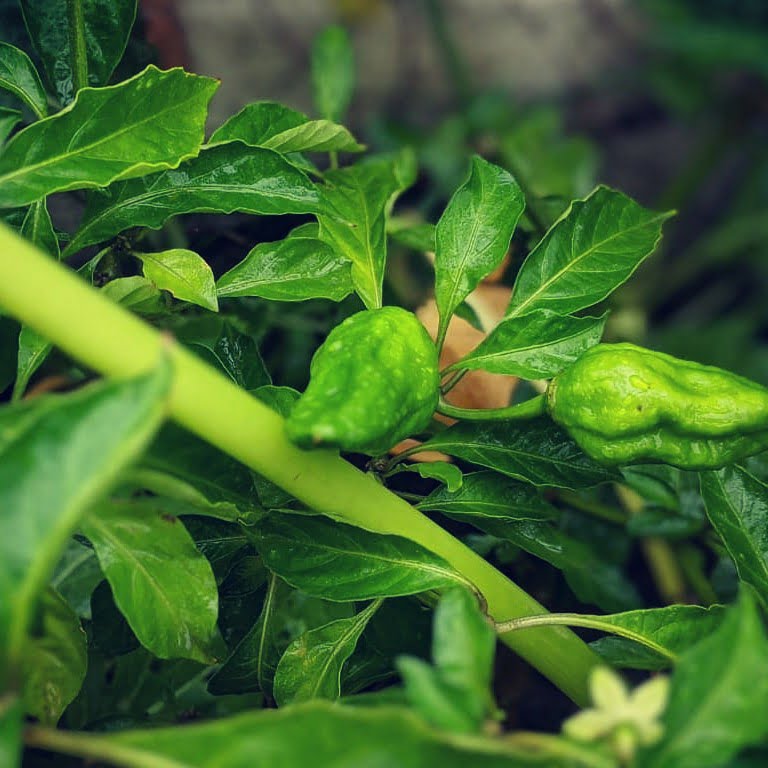
DE Fact : People use Bhut Jolokia powder to chase away elephants.
Sometimes size don’t matter! These tiny one looks completely harmless at the first glance, but definitely packs a punch. It is known as Dhan Jolokia in Assam and Sohmynken Khnai Meghayala. And this one is usually consumed raw or in traditional pickled form.
- Cherry Pepper
This chilli is the cutest one on our list. Looks just like ripe cherries, hence its name. It also has a different flavor profile unlike the Bhut Jolokia or Bird’s Eye. Known as Gul Jolokia in Assam and Sohmynken Pillong in Meghalaya, it is mostly used in pickles and chutneys. This variety grows in other Northeastern States as well.
Update : Known as Dalle Khursani in Sikkim, it has recently got approval the GI Tag.
- Maam Jolokia
The color of this chilli is what gives it this distinctive name. It has a pale yellowish or off-whitish colour while growing. The colour, then turns into a light shade of red when it’s ripe. It also has a distinct taste without too much heat. But if you have a few too many of these, you could easily end up with a stomach upset.
Unlike most other chilli peppers, these plants can survive comfortably in the monsoons in the plains. And thus it is an essential condiment in many tribal communities of the region. People generally eat this along with their rice, the stable food of Northeast India.
- Krishna Jolokia
The distinctive black color is what makes this one easy to differentiate from the rest of the chilli peppers. And that is where it gets its name from. One of the meanings of the world ‘Krishna’ in Assamese is black.
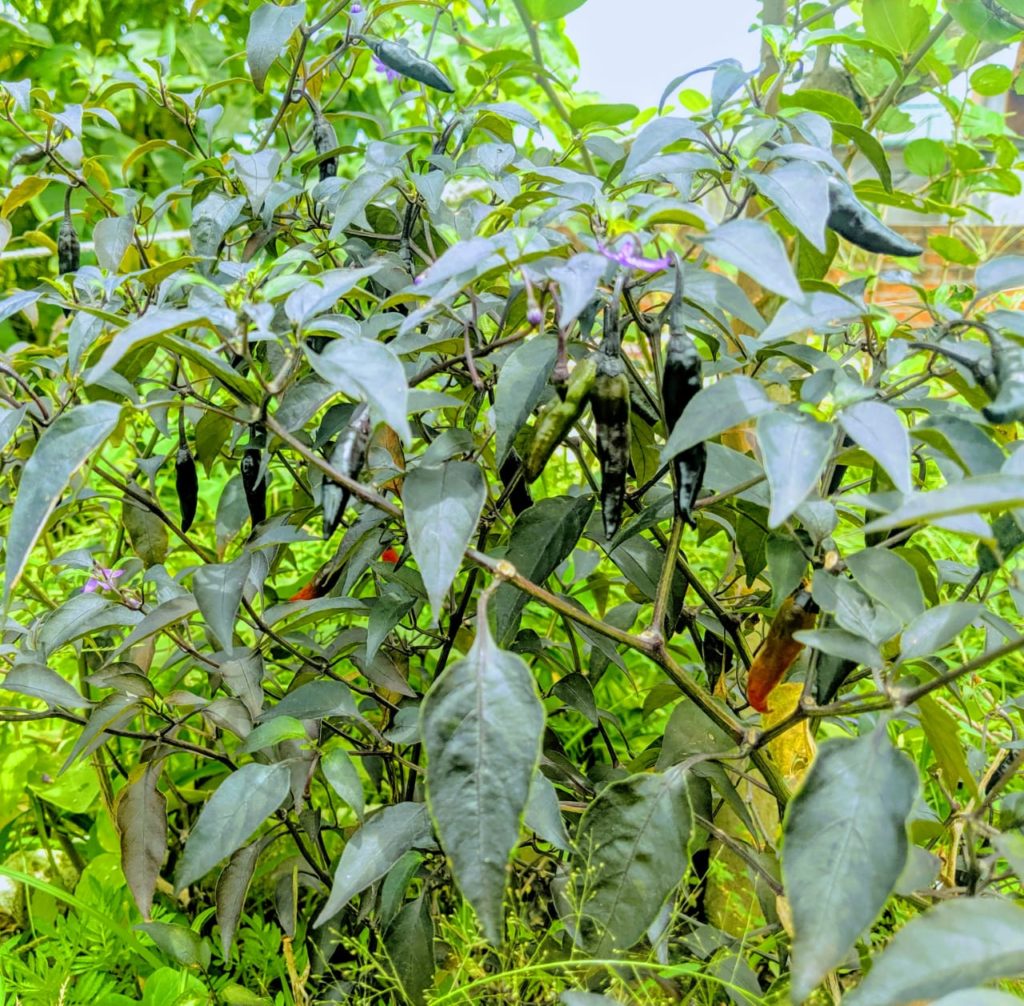
But its also has a very appetizing aroma unlike the rest of the members of this list. Matched with its relatively low heat compared to the rest, it is one of the favorites of Assam. It can be served as an condiment, as part of a salad and most importantly in different types of Pitikas or mashes.
(Feature Picture Courtesy : Manash Baruah)
